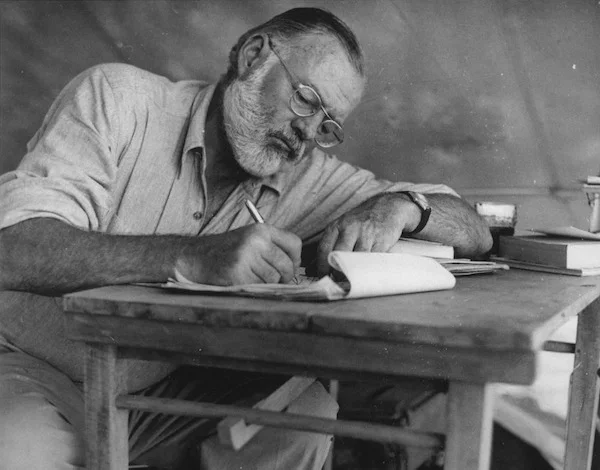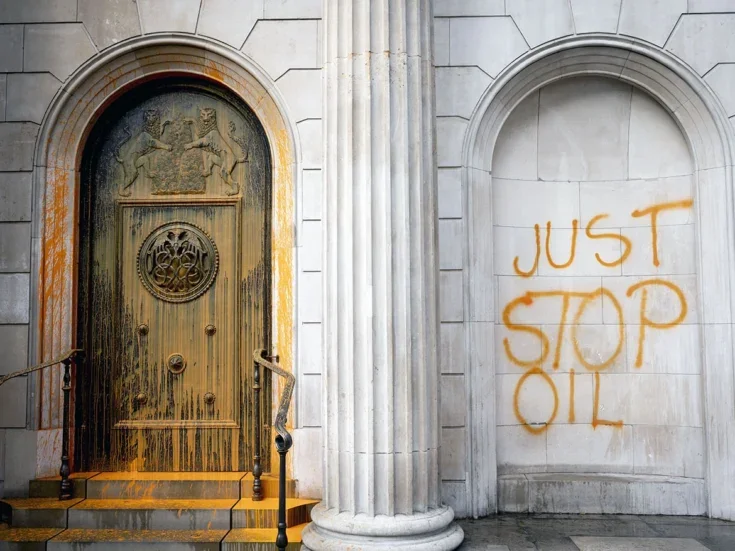The word on everyone’s lips these days is ’philanthropy’: as fast as people used to want to make money, so do they now want to give it away.
THE WORD ON everyone’s lips these days is ‘philanthropy’: as fast as people used to want to make money, so do they now want to give it away. Private banks, led by Coutts, are creating philanthropy teams to advise their clients on the best ways to give. Venture philanthropy combines business nous with a desire to improve the world. A new breed of independent philanthropy advisers — of mixed calibre, it must be said — are springing up from nowhere, autochthonous men of Mayfair.
In the climate of government cuts (sorry, savings), philanthropy is playing an increasingly important role in the arts, a subject Spear’s plans to explore in a debate in early June in the newly-refurbished lecture hall of the V&A. (Our topic will be focused on how entry-level philanthropy can make a difference.) What we are seeing is the reshaping of the state, removing government subsidies and encouraging both private sector giving and more enterprising behaviour from the arts. If arts organisations learn to stand more stably by themselves, so much the better.
But the arts can only do so much; donors must play their role. A recent report from New Philanthropy Capital identified ten barriers to giving by HNWs, including fear of complexity, apathy and financial instability. The suggestions they offered were that all parties should make it easier to give: banks should stimulate philanthropy with giving products; private client advisers should mention philanthropy with greater frequency and confidence; charities should convey the impact of their work; and companies should make it easier and more rewarding to give.
All of this amounts to a nudge theory of philanthropy, changing the world around HNWs so that it encourages and facilitates giving. This study presumed one important thing, however, which is worth examining: why is it the world that has to change, and not HNWs?
It is hardly like they lack for role models. There are many HNWs who have long-established relationships with arts companies big and small, from the Royal Opera House, at the peak of London society, to community arts centres who survive on a fraction of the budget of a Fidelio. We read every week about extraordinary acts of philanthropy: in late March, Jonathan Ruffer bought a series of Zurbarans from the Bishop of Durham for £15 million — and promptly gave them back.
Certainly giving should be simpler, but it seems like these are all excuses for the current low level of philanthropy among HNWs. The oft-quoted study showing that the poorest 10 per cent in the UK give 3.6 per cent of their total spending to charity, while the wealthiest 10 per cent give 1.1 per cent, should have been shaming enough to have provoked enough lavish philanthropy to restore the balance. It was not.
Where is the moral imperative that should drive all of us — from the wealthiest hedgie to the fan in the dress circle at Dirty Dancing — to give? Philanthropy, to speak etymologically for a second, comes from the Greek for ‘the love of mankind’. Nowhere in its syllables is anything about tax incentives, giving schemes or financial products.






